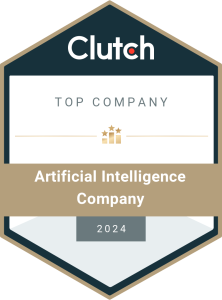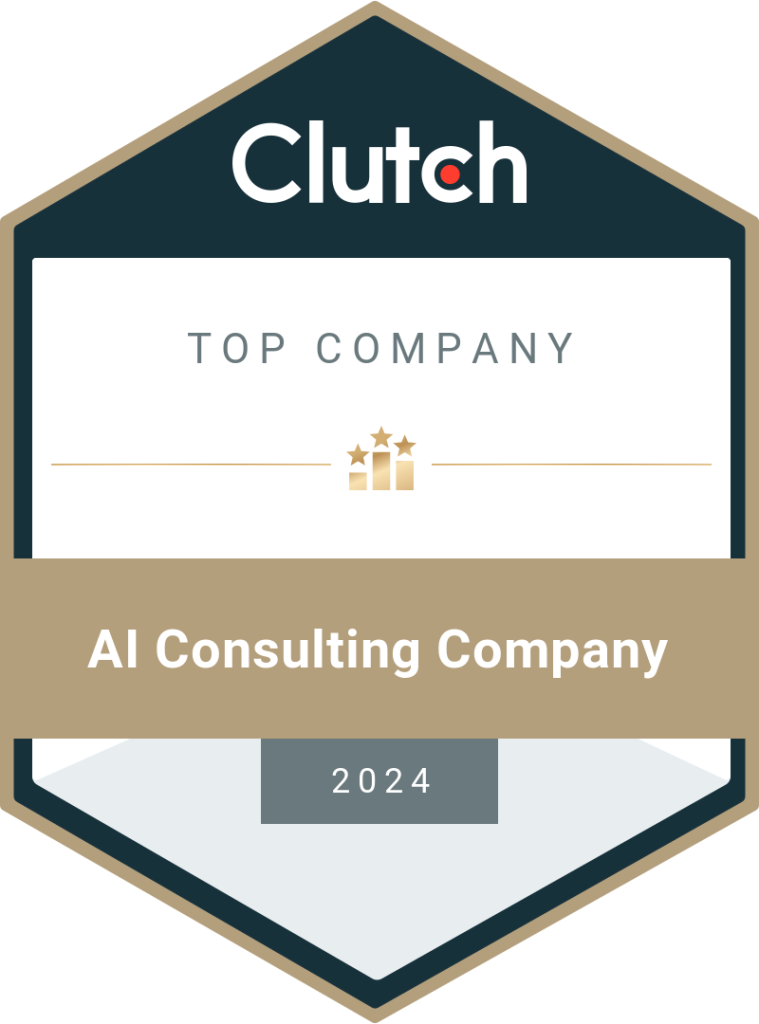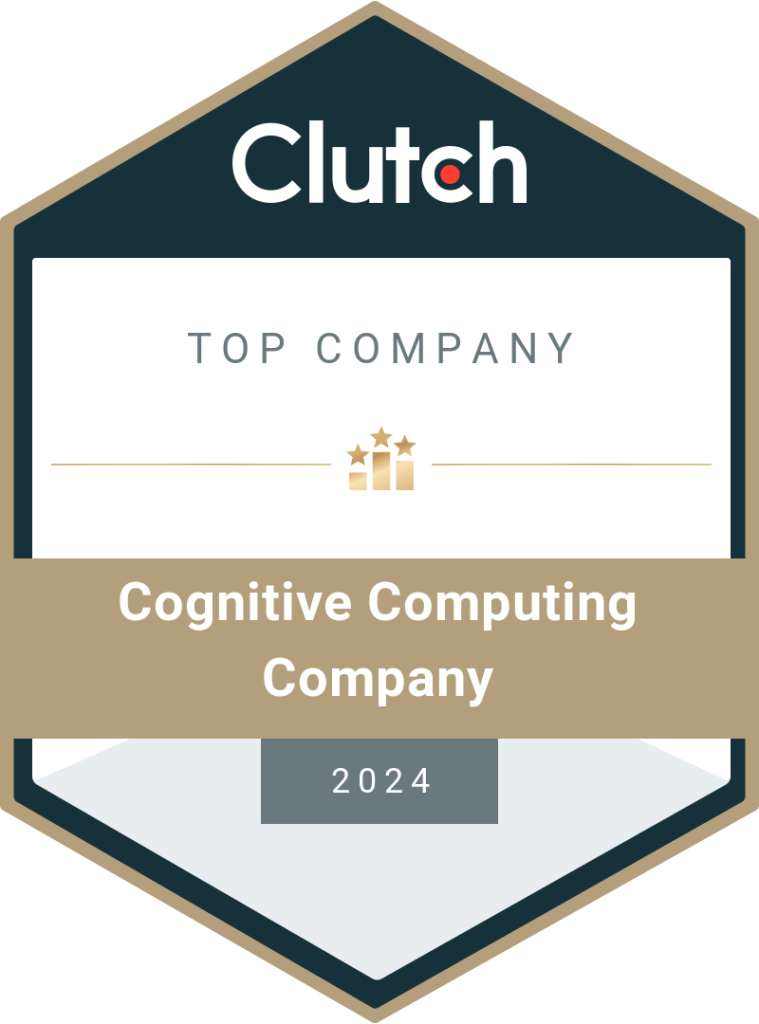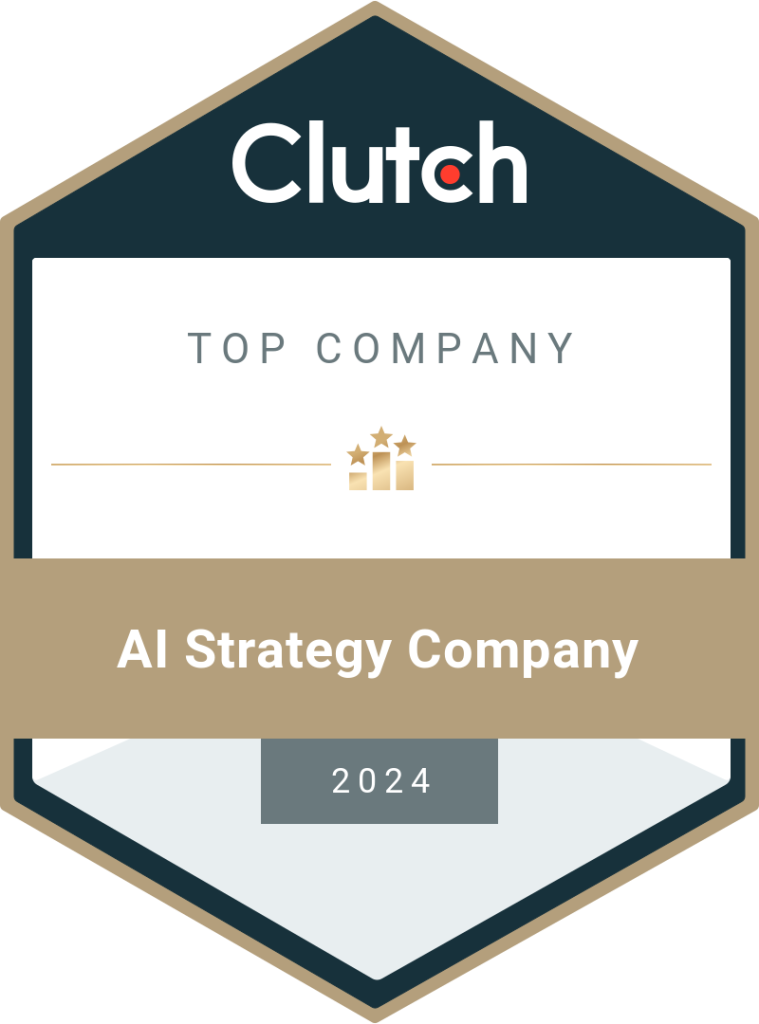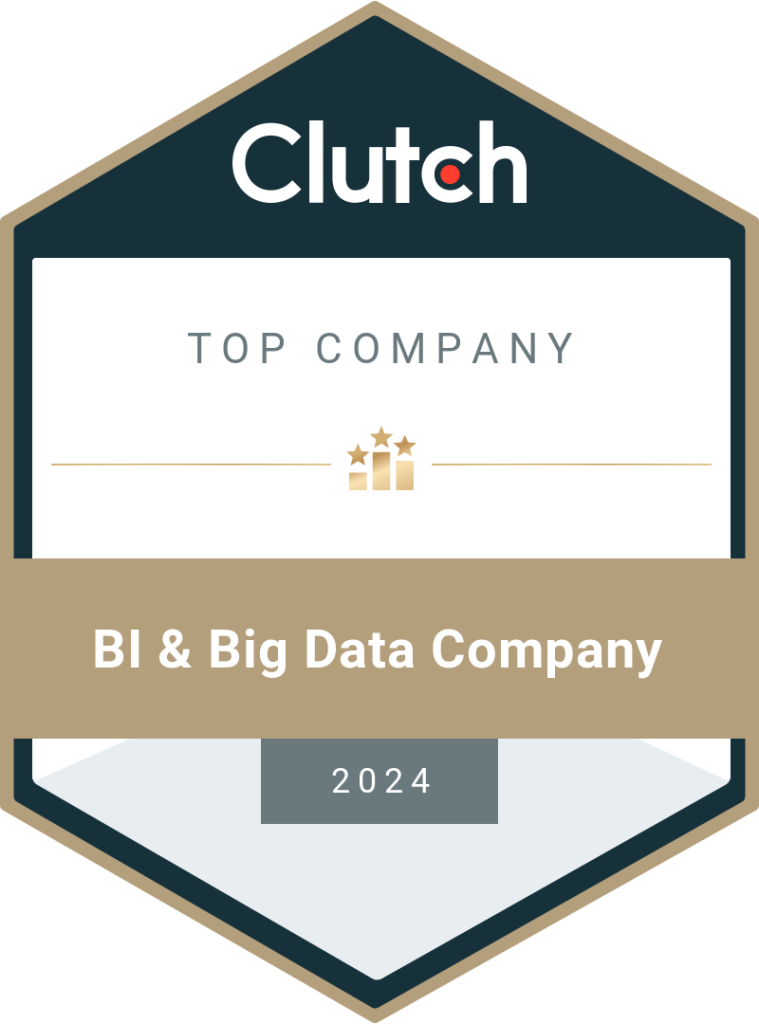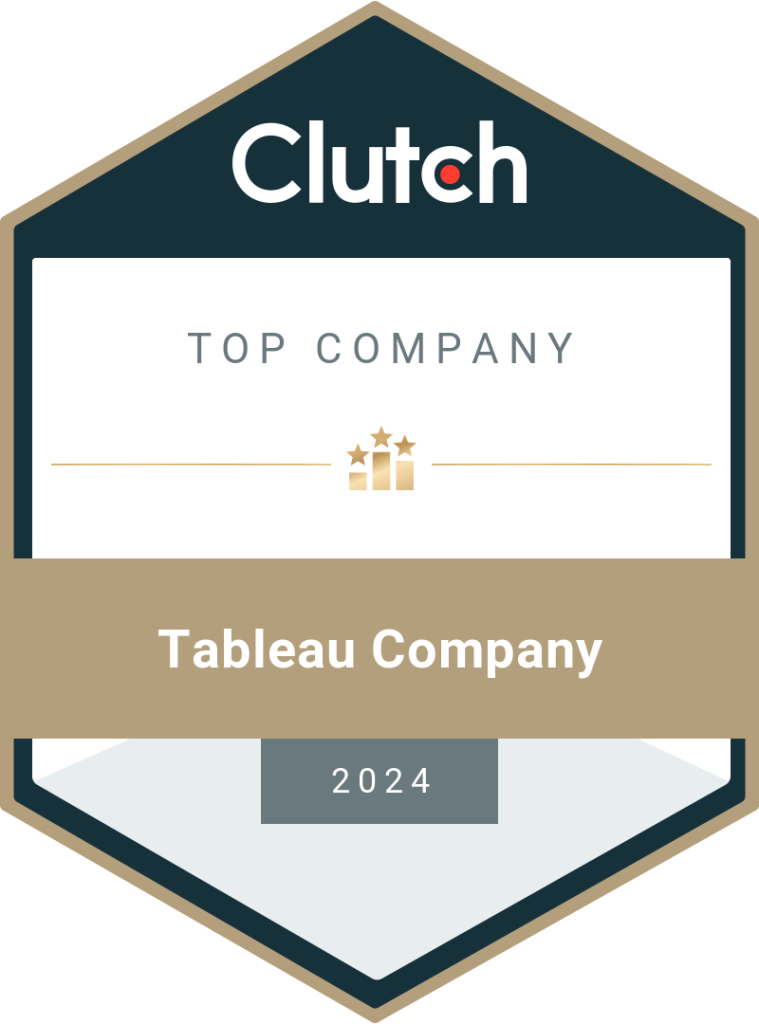How Can Businesses Adopt AI Technology to Achieve Their Goals
Artificial intelligence is a dynamic force that keeps the industry moving forward to conquer more technologies. From manufacturing to hospitality to retail and aerospace, AI is being adopted by several organizations across all industries. However, businesses are still in varying stages of adopting AI in their enterprises. While the top companies have added AI technology as an integral part of their systems, SMEs still use AI to develop pilot projects for certain departments like sales, marketing, etc. Let’s learn about the adoption of AI in certain industries and how they leverage it to achieve their goals. Why Artificial Intelligence Is Important The social applications of AI, such as home assistants, smartphone applications, etc., are different from enterprise-level applications. The latter is on a much complex and wider scale, encompassing various systems and processes in the business. Artificial Intelligence Types Unlike, in theory, AI is not a one-size-fits-all solution. It is vital to understand what the enterprise needs before investing in AI solutions. While pre-designed software is useful, it doesn’t deliver results like customized AI systems. But to understand this difference, we need to know more about artificial intelligence, the types, and what AI aims to achieve as an end goal. AI is classified as follows- Narrow AI It is used for goal-oriented purposes such as facial recognition, speech recognition, etc., where machine learning algorithms complete the task based on a set of narrow constraints. General/ Strong AI It mimics human intelligence and behavior so that it can solve any problem and not be limited to specified tasks. We still haven’t successfully created AI machines with cognitive abilities. Artificial Superintelligence This is currently in the theoretical stages. ASI machines are supposed to not just mimic humans but become one of them by being self-aware. Artificial Intelligence vs. Machine Learning In simple terms, AI is an umbrella concept where machine learning and deep learning, understand data and make decisions based on it. ML algorithms are used to quickly process vast amounts of data and deliver valuable insights. What is the End Goal of AI? AI sounds fascinating, and we can see that large-scale enterprises and global organizations are already getting results from AI. But questions are still aplenty for new businesses that want to hire AI services to revamp their systems. The ultimate aim of using AI is to get measurable results to prove that the enterprise is better than its competitors. AI works the best with a centralized system where data is collected from several sources and is stored in a data warehouse or a data lake for further cleaning and processing. Artificial intelligence drives ROI for businesses and delivers long-term results when the technology used aligns with the systems in the enterprise. AI is not limited to scaling but also to measure the results and get the most out of data. Why Should Companies Adopt AI? What makes AI so important that companies adopt and integrate it as a part of their business processes? How does AI help organizations overcome challenges and become industry leaders? The following are some uses of artificial intelligence that empower businesses to perform better in the competitive market and grab the opportunities that come their way. 1. Artificial intelligence enables better customer service and support. AI is used to create and deploy chatbots, provide smart suggestions in emails, develop human-like interactive voice response systems, automate ticket generation and routing complaints, and make it easy for customer service agents to solve an issue in less time. The live chat option on many websites has customized chatbots to respond to users’ queries. 2. AI helps with target marketing and generating more leads. Artificial intelligence is used to create content for promotional emails, develop ads for each customer segment, provide product recommendations based on customers’ purchase and search history, speech recognition, etc. Amazon’s website is the best example of target marketing using AI. 3. Use AI in the HR department to hire eligible candidates and create customized training programs for employees. HireVue is a well-known AI-powered platform that helps more than 700 leading brands to hire some of the best talents in the market. Vodafone, Unilever, and Oracle are some companies that use HireVue for recruiting purposes. Similarly, artificial intelligence helps create different training modules based on employees’ skills. 4. AI streamlines the supply chain and shortens the delivery cycle. Amazon has the best warehouse management system powered by AI. Artificial intelligence helps in managing inventory, increasing safety for warehouse employees, planning the travel route for deliveries, finding alternate delivery methods, and so on. 5. AI makes the business more secure by enhancing cybersecurity. Many of the latest antivirus software and malware are developed using artificial intelligence. The software is trained to identify phishing attacks and malicious links before employees fall prey to cyberattacks. The FaceID access feature of iPhones is a small yet everyday example of how AI is used for cybersecurity. 6. AI technology is used to detect fraudulent transactions and minimize losses. AI processes vast amounts of data in a few milliseconds and identifies patterns in transactions. Many banking and financial institutions have started to use AI and ML-based fraud detection software to identify unscrupulous customers and cybercriminals with stolen identities. Teradata provides AI-powered fraud detection software to banks. 7. Data is put to good use through AI applications. Data collected from social media and other sources is processed in real-time to extract meaningful and actionable insights. AI tools are used for predictive analytics and data visualization. Tableau is an example of AI-based data visualization software. 8. AI makes the workplace safer for employees, especially in industries like oils and mining. Artificial intelligence is used to monitor the work environment using drones, surveillance cameras, etc., and determine that the workers are not at risk. AI is used with IoT (Internet of Things) to collect data and process it to identify any signs of accidents or risk. AI helps the management create a safer working environment in factories. 9. AI optimizes the use of resources and helps the enterprise and employees
Read More